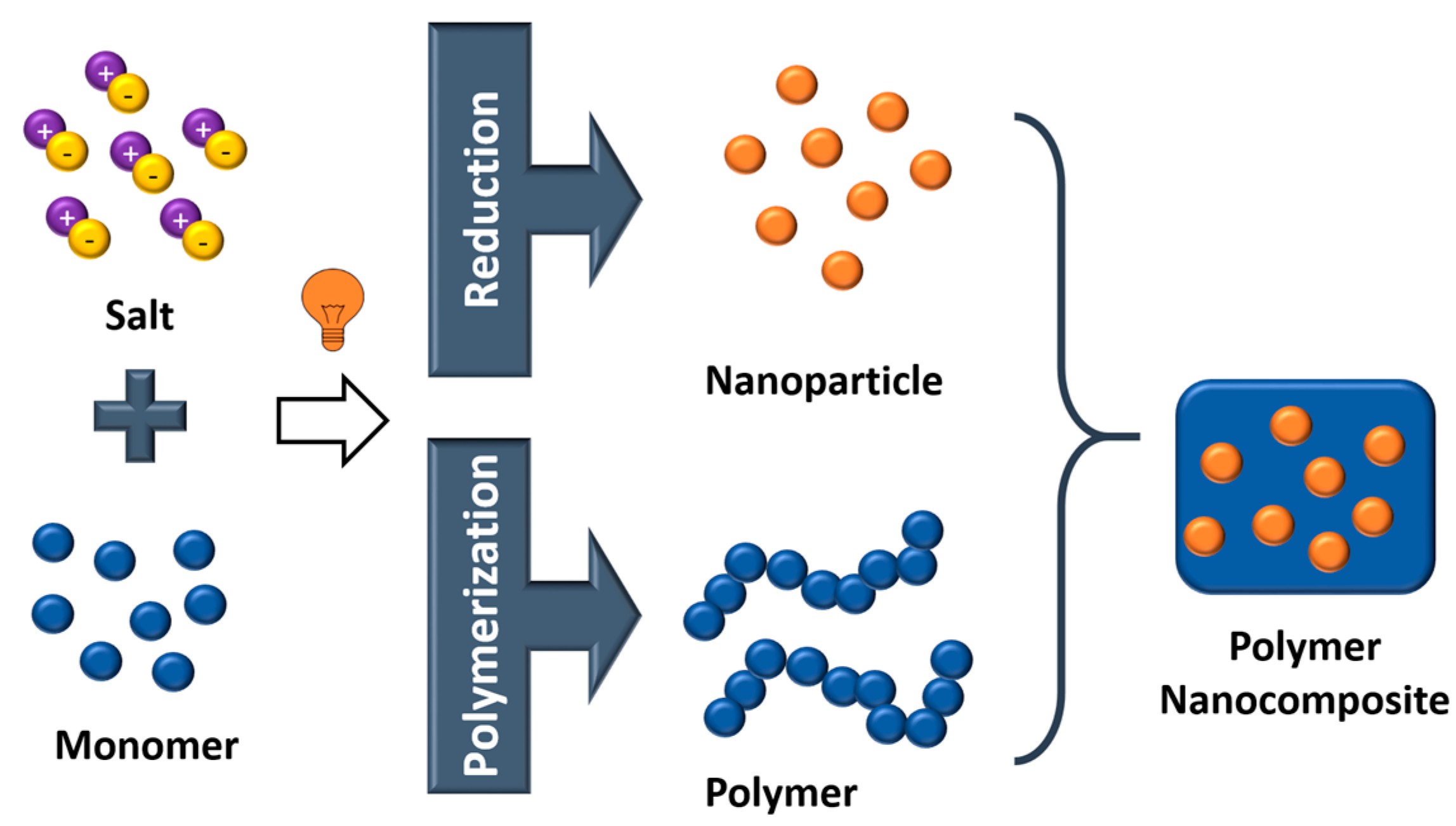Dielectric materials emerge as silent heroes in the dynamic landscape of renewable energy, having transformative potential in the quest for sustainable power. Dielectrics are essential to developing renewable energy technologies, from improving solar cell efficiency to bolstering the robustness of electronic components.
Dielectric materials do not contain any free or loosely bound electrons that may permeate the substance, making them poor electrical conductors. For an electric current to flow, electrons must be present. In addition to flowing in the opposite direction—from the negative to the positive terminal as free electrons—the current flows across the terminals from the positive to the negative terminal.
This blog explores the complex physics of dielectrics and reveals how important they are to developing cleaner, more efficient energy sources in the future.
Properties of dielectric materials
The indicators of dielectric materials are as follows:
- The dielectric materials have a vast energy gap.
- Insulation resistance is strong, and the temperature factor of resistance is negative.
- The resistivity of the dielectric materials is high.
- Strong attraction exists between the electrons as well as the parent nucleus.
- Since these materials have no free electrons to carry current, their electrical conductivity could be better.
Dielectrics for solar power
Dielectrics are insulators that cannot conduct electricity and can be applied in various ways to improve solar power output. In relation to solar energy, dielectrics are used in the following ways:
- Insulation and Encapsulation
Solar cells can be insulated and encapsulated using dielectric materials. This aids in shielding the solar cells from outside elements like dust, moisture, and temperature changes. Encapsulating solar panels properly contributes to their overall durability and efficiency by ensuring their lifetime and dependability.
- Antireflection Coatings
To reduce reflection and increase light absorption, dielectric coatings can be put into the outermost layer of solar cells. An antireflection coating that lowers the quantity of light reflected away from the solar cell and raises the panel’s overall efficiency can be made by carefully choosing the dielectric layer’s thickness and refractive index.
- Dielectric Mirrors to feed Concentrated Solar Power
Mirrors in CSP systems direct sunlight onto a limited area, producing heat that is then converted to electricity. Dielectric mirrors reflect specific wavelengths of light while letting other wavelengths flow through, which can be used to increase the concentration of sunlight. By concentrating sunlight onto the solar receiver, this selective reflection raises the temperature and boosts power generation efficiency.
- Capacitors within the Solar Inverters
For usage in residences or the electrical grid, solar inverters change the direct current (DC) produced by solar panels into alternating current (AC). These inverters’ capacitors frequently contain dielectric materials. The stable and effective operation of the solar power plant is facilitated by the storage of electrical energy and the regulation of current flow provided by capacitors.
Conclusion
It is possible to create dielectric nanostructures that trap and direct light inside solar cells, lengthening the optical path and improving light absorption. This can be accomplished by carefully designing dielectric structures, like photonic crystals or nanostructures, to increase the material of the solar cell’s ability to absorb sunlight.
The use of dielectrics in solar power applications forms a component of continuous research and development efforts to enhance the effectiveness and affordability of solar energy technology in the coming years


